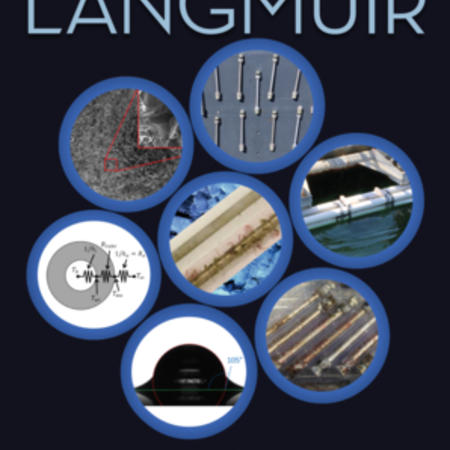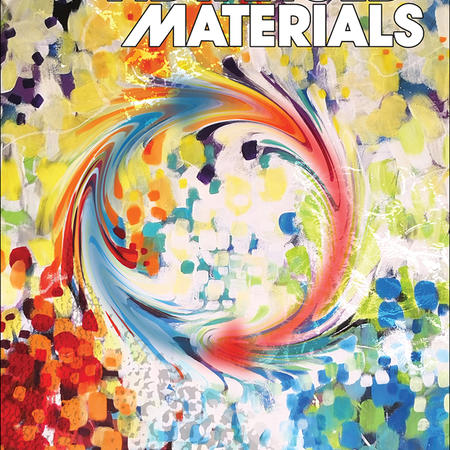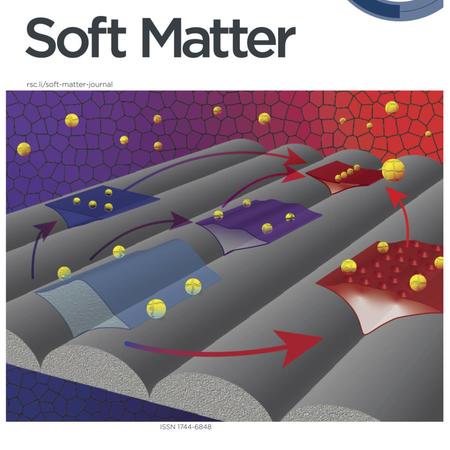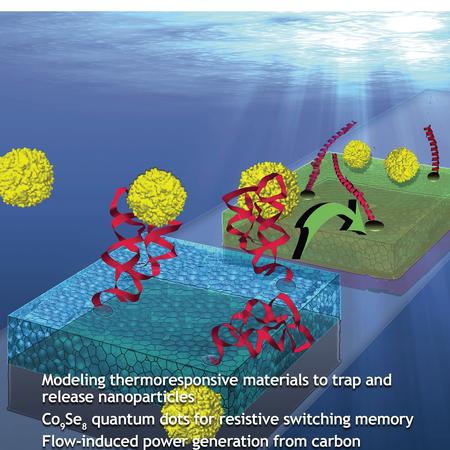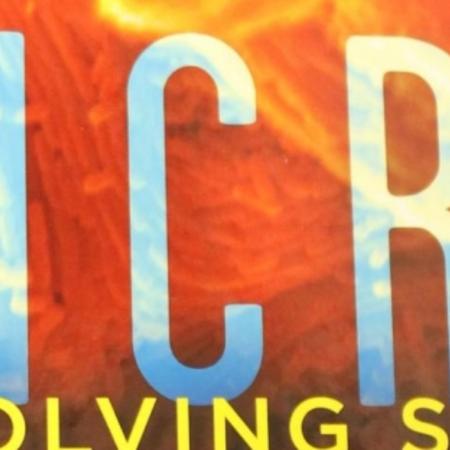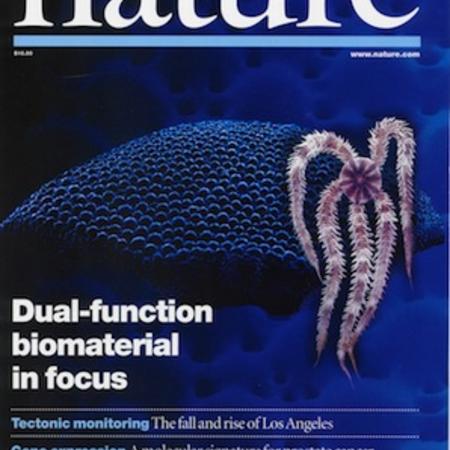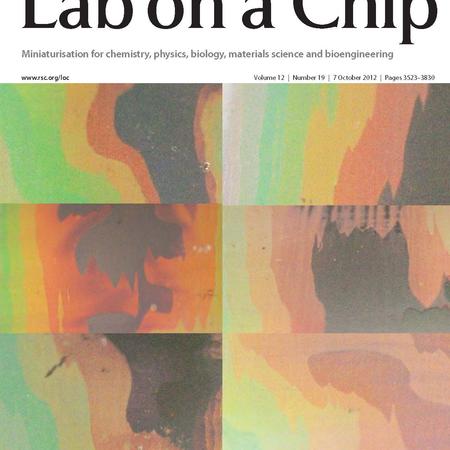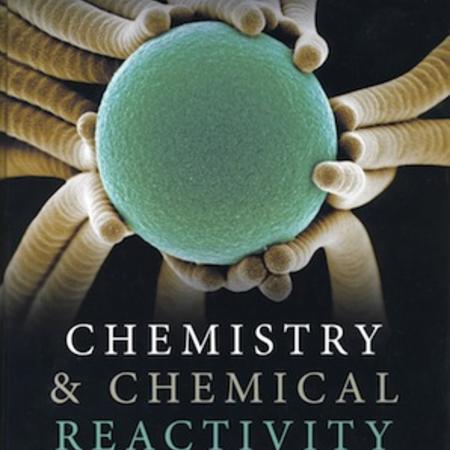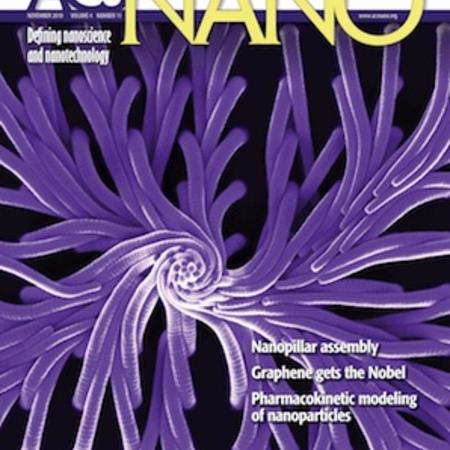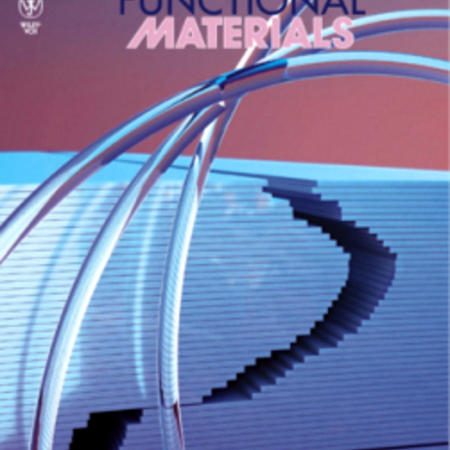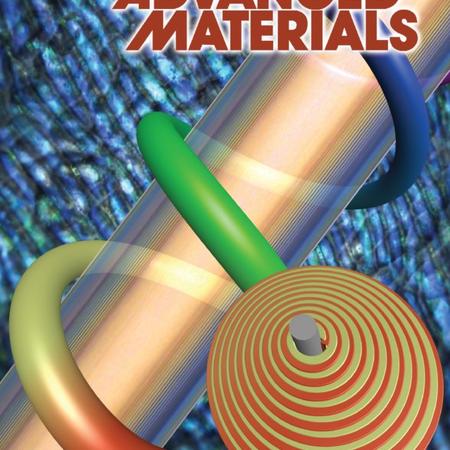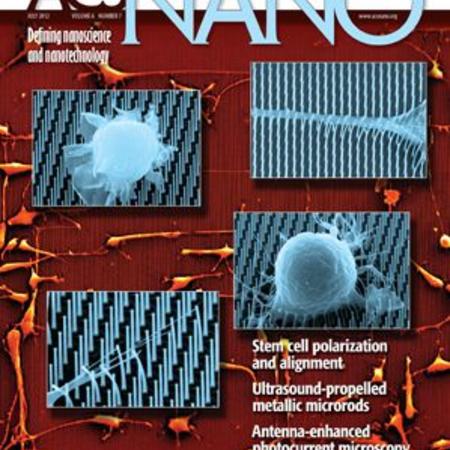Citation:
Abstract:
Trace elements are vital for the growth and development of all organisms. Little is known about the elemental content and trace metal biology of Red Sea demosponges. This study establishes an initial database of sponge elemental content. It provides the necessary foundation for further research of the mechanisms used by sponges to regulate the uptake, accumulation, and storage of metals. The metal content of 16 common sponge species was determined using ICP measurements. A combination of statistical methods was used to determine the correlations between the metals and detect species with significantly high or low concentrations of these metals. Bioaccumulation factors were calculated to compare sponge metal content to local sediment. Theonella swinhoei contained an extremely high concentration of arsenic and barium, much higher (at least 200 times) than all other species and local sediment. Hyrtios erecta had significantly higher concentration of Al, Cr, Fe, Mn, Ti and V than all other species. This is due to sediment accumulation and inclusion in the skeleton fibers of this sponge species. Suberites clavatus was found to contain significantly higher concentration of Cd, Co, Ni and Zn than all other species and local sediment, indicating active accumulation of these metals. It also has the second highest Fe concentration, but without the comparably high concentrations of Al, Mn and Ti that are evident in H. erecta and in local sediment. These differences indicate active uptake and accumulation of Fe in S. clavatus, this was also noted in Niphates rowi. A significantly higher B concentration was found in Crella cyatophora compared to all other species. These results indicate specific roles of trace elements in certain sponge species that deserve further analysis. They also serve as a baseline to monitor the effects of anthropogenic disturbances on Eilat’s coral reefs.
